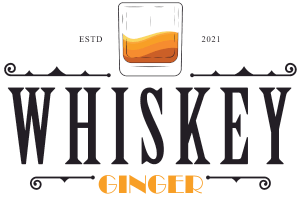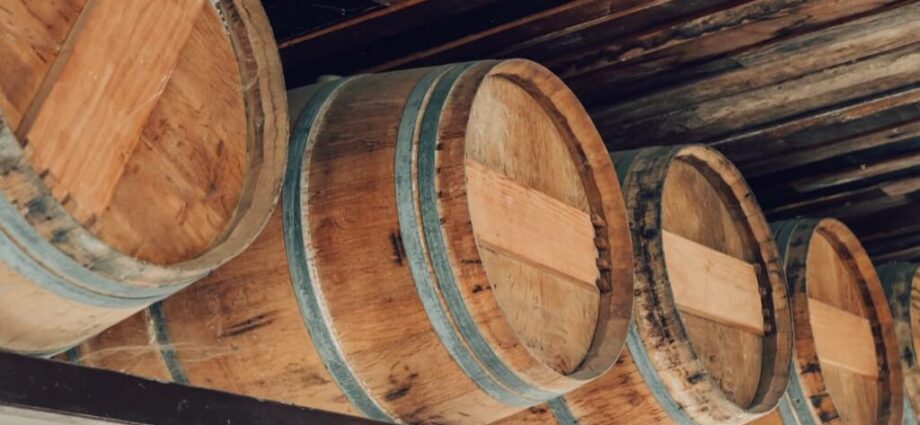Age is often revered as a marker of quality and depth when it comes to bourbon. Yet, as the aging process continues, a question emerges from seasoned distilleries: Is there such a thing as “too old” when it comes to bourbon?
The longer bourbon rests within its wooden confines, the more complex and nuanced it becomes, drawing in flavors from the charred walls of its barrel. This intricate dance between spirit and wood crafts a narrative of patience, transforming simple corn mash into liquid gold. However, the journey of aging is a delicate balance, a tightrope walk where one misstep can lead from sublime to overbearing.
Bourbon, a spirit deeply rooted in American tradition, primarily hails from Kentucky, a state celebrated for its perfect storm of aging conditions. The fierce heat and biting cold, characteristic of Kentucky’s climate, serve as catalysts, urging the bourbon to expand into and contract from the oak, imbibing itself with a symphony of flavors. But there’s a crescendo, a point at which the music of aging can become a cacophony, overwhelming the delicate melodies of corn, rye, and malt.
Industry insiders and bourbon masters often pinpoint the golden range of aging between five to twelve years. Within this window, the spirit achieves harmony, a balance between the youthful vigor of grain and the matured grace of oak. Yet, the bourbon world is peppered with legends of 15, 20, and even 23-year-old expressions that command astronomical prices and the unwavering devotion of collectors and connoisseurs alike. These venerable bottles challenge the notion of “too old,” pushing the boundaries of aging to new horizons.
Not All Barrels Age Gracefully
After enduring the relentless cycle of the seasons, some people emerge not as graceful elders but as over-oaked relics, with an excess of tannins overshadowing their once vibrant character. These bourbons, rather than presenting a complexity, offer a singular, domineering note of wood that eclipses the spirit’s underlying qualities. It’s a reminder that aging, much like the art of distillation itself, is an unpredictable alchemy, a blend of science, intuition, and sometimes, sheer luck.
Amidst the varying opinions and tastes, a new breed of distilleries and bourbon custodians are employing innovative techniques to extend the aging process to preserve the spirit’s core characteristics while benefiting from extended maturation. These methods represent a fusion of tradition and modern technology, crafted to ensure that the bourbon remains intact, even as it ages beyond traditional limits. Let’s look into some of these pioneering techniques that are setting new standards in bourbon production:
Temperature-Controlled Warehouses
One of the most significant advancements is the use of temperature-controlled warehouses. Unlike traditional aging environments, which are at the mercy of seasonal fluctuations, these modern facilities allow distillers to regulate the temperature and, consequently, the interaction between the bourbon and the barrel. By maintaining a consistent temperature, distillers can slow the aging process, preventing the bourbon from becoming overly oaky or tannic. This controlled environment fosters a gradual maturation, enabling the bourbon to develop depth and complexity without the risk of over-aging.
Meticulous Maturation Monitoring
Even distilleries are starting to watch the aging process with a more scientific eye. As bourbon ages, its flavors, scents, and character can be seen through frequent sampling and analysis by distillers. Distillers are able to determine when a bourbon has matured to perfection and is ready to be bottled because of this painstaking attention to detail, which permits them to assess each barrel independently. By closely observing the spirit’s evolution, distillers can intervene if the aging process begins to detract from the bourbon’s quality, ensuring that only the best expressions make it to market.
Innovative Barrel Technologies
One important tactic in reimagining aging is the investigation of new barrel technologies. Some distilleries are trying out barrels that have been treated in unusual ways, such infrared toasting or flash charring, or that are composed of different kinds of oak. By modifying the wood’s interaction with the bourbon, these improvements can bring a variety of smells and flavors to the spirit without masking it. Distillers can create unique bourbons with age-worthy character by adjusting the barrel’s impact, allowing the spirit to maintain its soul.
Micro-Oxygenation Techniques
The technology of micro-oxygenation, which has been taken from the wine industry, is another one that is being investigated. Distillers can increase flavor development through oxidation and esterification by slowly adding little amounts of oxygen to the barrel, simulating the effects of aging. The bourbon’s profile can be rounded out by exposing it to regulated oxygen, which can enhance complexity and mellow harsh aromas without over-extrusion from the wood.
Distilleries That Implement With Extensive Bourbon Maturation
- A pioneer in the field of experimental aging, Buffalo Trace Distillery has been exploring the variables in the bourbon aging process, including temperature, light, air movement, and humidity management, at its Warehouse X facility. Their painstaking method allows them to investigate how these aspects might be fine-tuned to improve the aging process of the bourbon without causing it to become over-oaked.
- The innovative Woodford Reserve has tried several different kinds of barrels, including those from its Master’s Collection, which features barrels made from a wide range of wood species. Their investigation of various wood types demonstrates their commitment to understanding how different barrels affect the bourbon flavor profile over time.
- Wood-finishing is a special technique that Maker’s Mark uses on their Maker’s 46 and Private Select brands. During the maturing process, they add specially prepared wood staves to barrels, which adds additional flavors and nuances to the bourbon. This method exemplifies how meticulous modifications made during growth can greatly elevate the quality of the spirit.
- Jim Beam Distiller’s Masterpiece, matured in a climate-controlled setting, is an exploration into extended aging by one of the biggest names in whiskey, Jim Beam. By combining conventional information about aging with controlled conditions, this extra-aged bourbon alludes to the possibility of attaining a rich, nuanced flavor.
- An innovative step in the finishing process, Angel’s Envy ages their bourbon in port wine barrels for an additional year. This method shows an alternate way to improve bourbon’s profile; it is not an exact replica of the conventional aging procedure, but it does add depth of taste and smoothness.If we look at the lengths to which these distilleries go to refine and enhance their bourbon, the debate over “too old” bourbon ultimately circles back to personal preferences and experiences. Whether one’s palate leans towards the rich, intricate profiles of extensively matured bourbons or the fresh, lively notes of younger expressions, the diversity within bourbon’s realm ensures there’s something for everyone in every bottle.
If we look at the lengths to which these distilleries go to refine and enhance their bourbon, the debate over “too old” bourbon ultimately circles back to personal preferences and experiences. Whether one’s palate leans towards the rich, intricate profiles of extensively matured bourbons or the fresh, lively notes of younger expressions, the diversity within bourbon’s realm ensures there’s something for everyone in every bottle.

